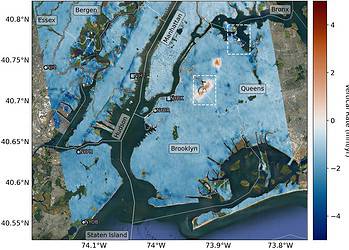It’s not every day that we get such a nice view into North Korea, but a satellite run by a company called UrtheCast provides us a glimpse into the isolated country. The IRIS satellite was installed on the International Space Station, providing epic, high-resolution images of the planet.
This video, taken on May 30, 2016, shows the North Korean capital Pyongyang, with a zoomed-in version of its landmarks. The quality of the images is baffling, especially when you consider that the camera is located at a height of 400 kilometers (250 miles) and moving at 28,000 km/h (17,500 mph). Have a look for yourself.
https://www.youtube.com/watch?v=3GMNAS0BySo
But the more impressive thing is that you can actually see people moving in this video. That’s right, you can actually see people moving in satellite imagery taken from the ISS.
The GIF shows the grounds of the Kumsusan Palace of the Sun, a building near the northeast corner of the city of Pyongyang that serves as the mausoleum for Kim Il-sung, the founder and eternal president of North Korea, and for his son Kim Jong-il. Firstly, in case you’re wondering, you’re not drunk – the buildings in the GIF are moving because of the speed of the camera. It’s a bit eerie.
If you don’t see it, look for a black blip turning a corner – that’s the people, likely a military patrol. You can also see some flashes of light.
If i doesn’t seem like much to you, think about all this for a moment. There’s a flying space station, hundreds of miles above the ground with a camera, taking videos, of the most isolated country on earth, in such resolution that you can actually see people walking. These are indeed marvelous times to be living in.








